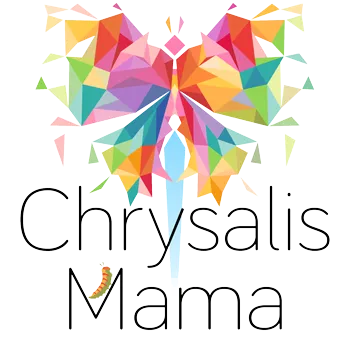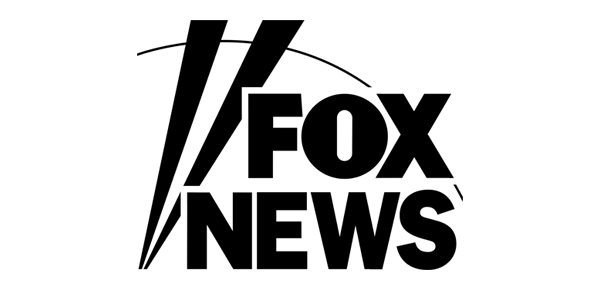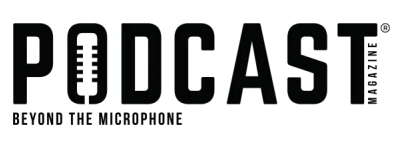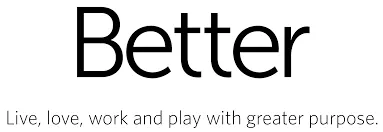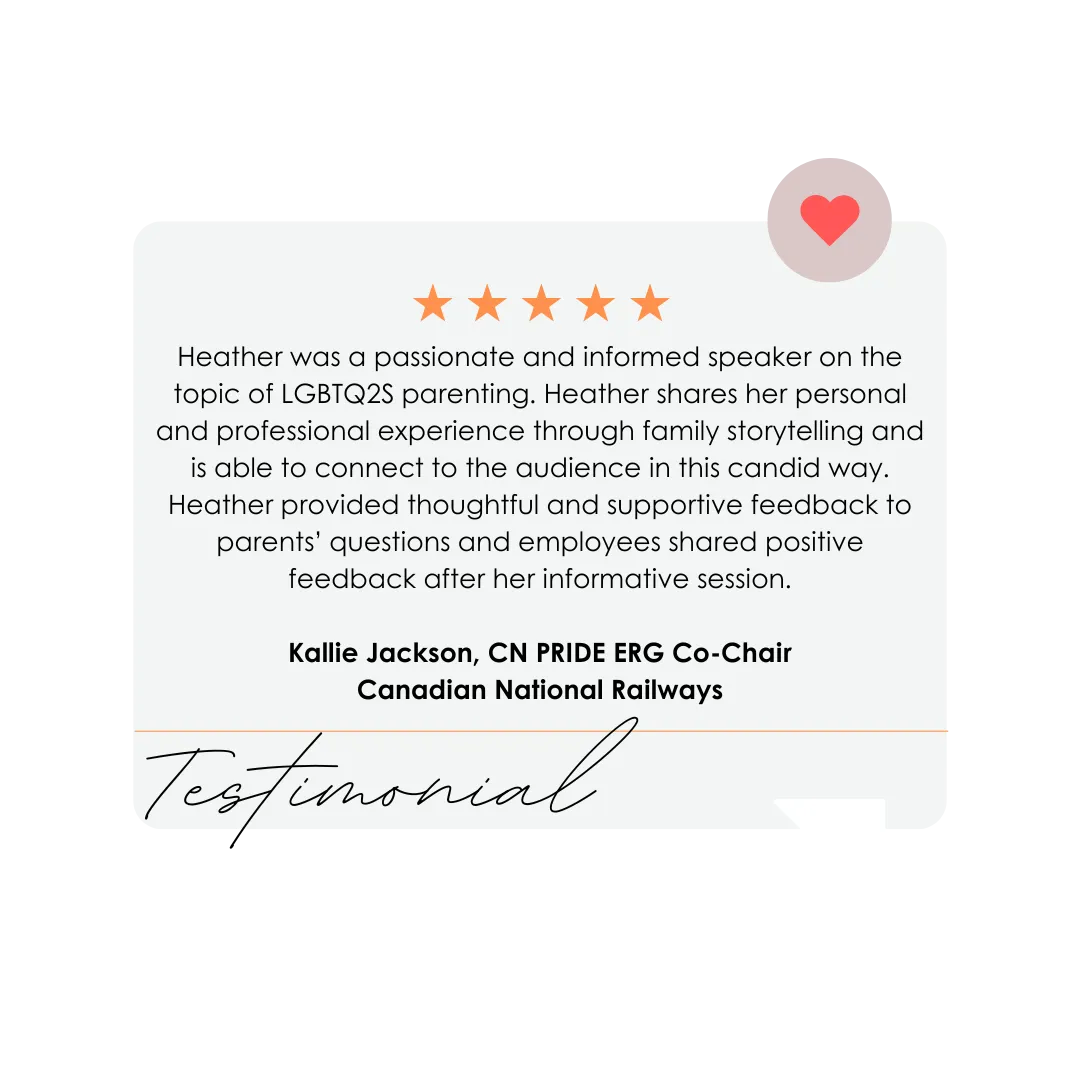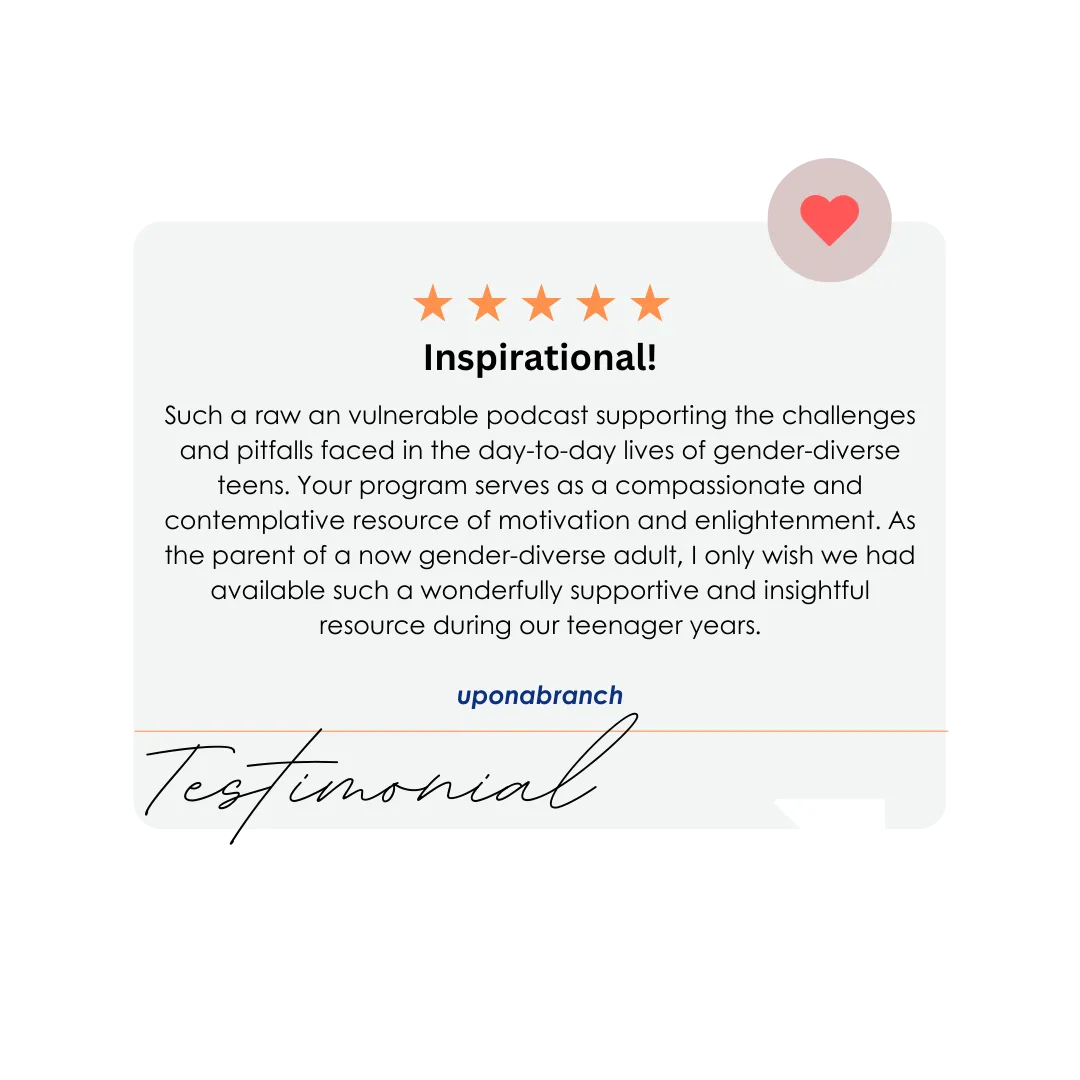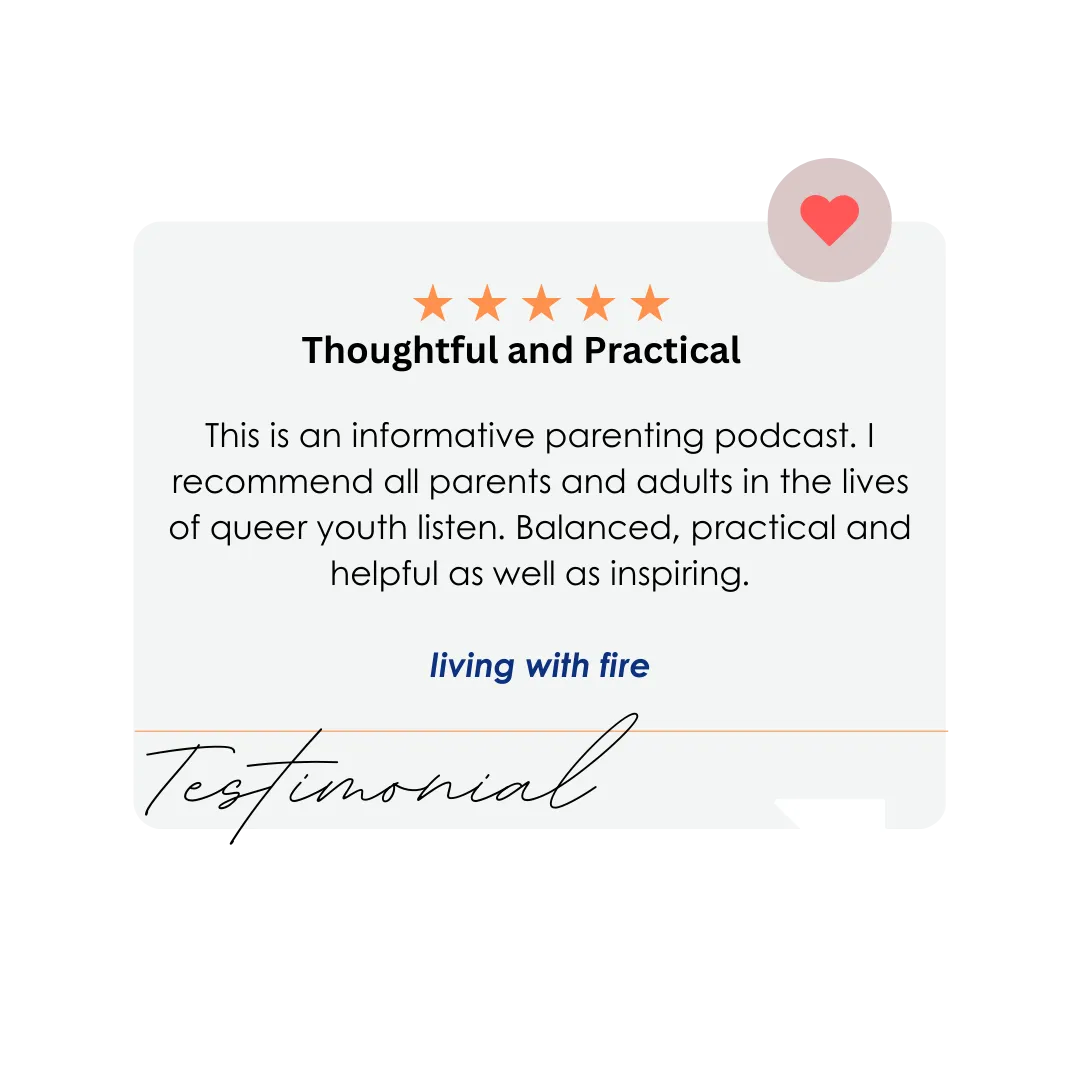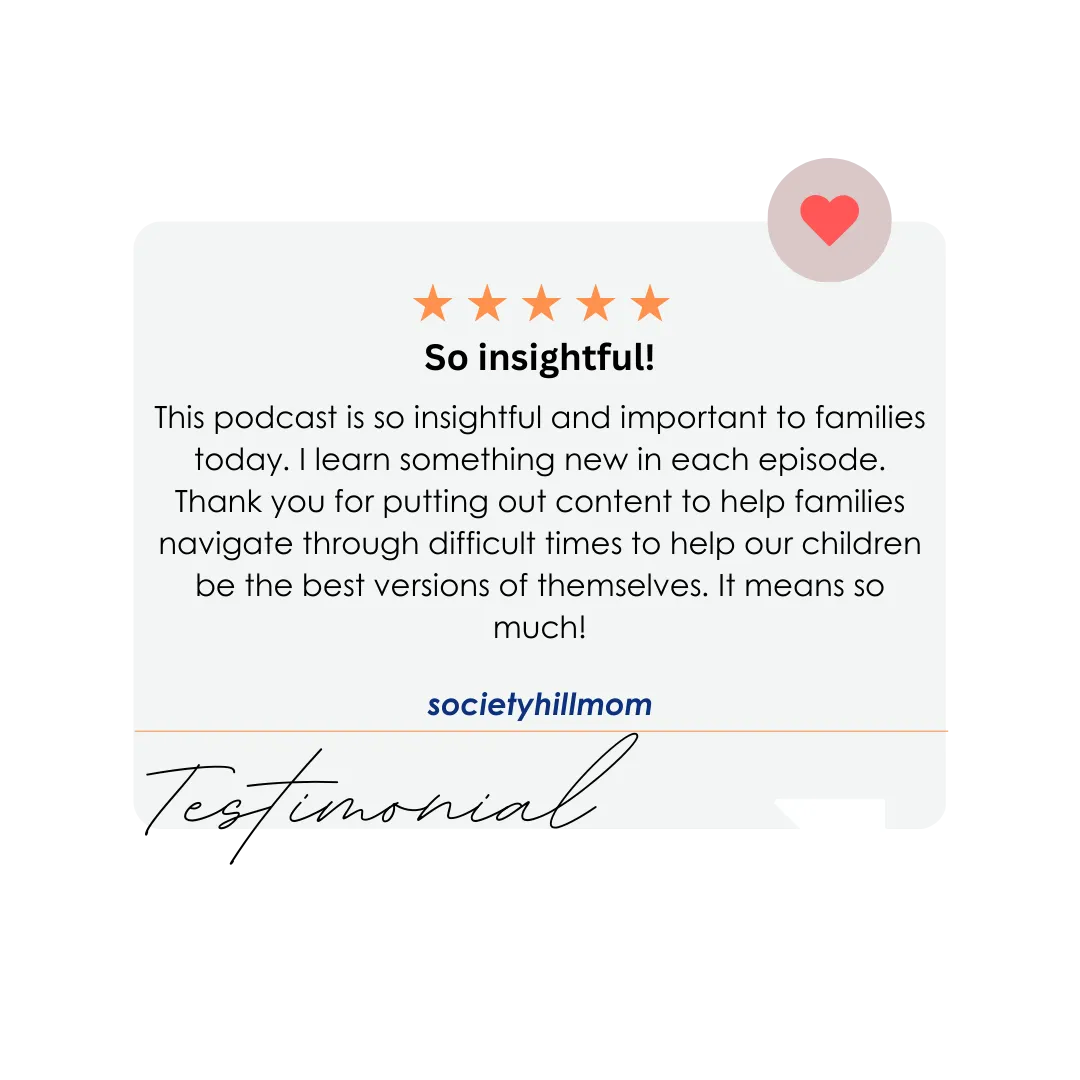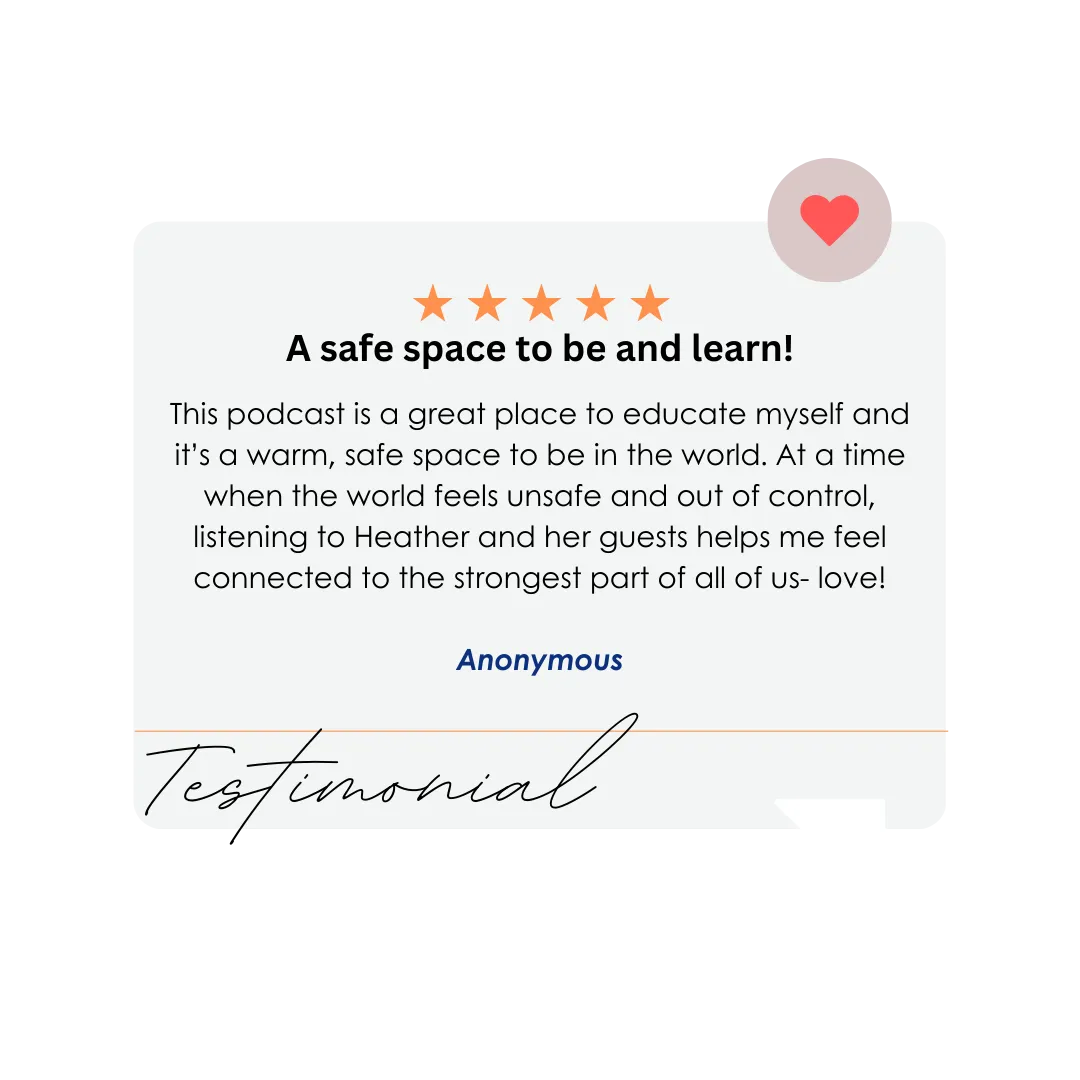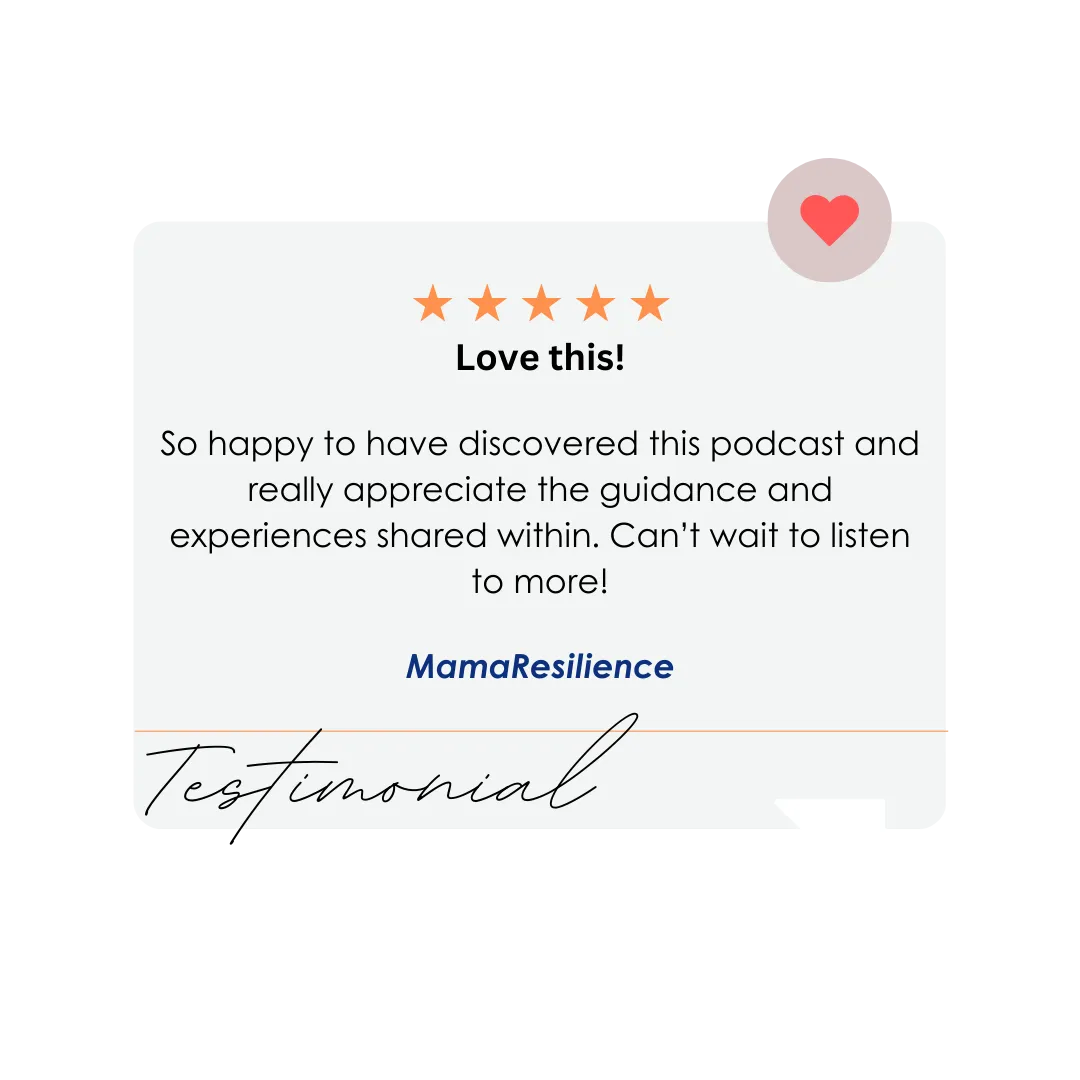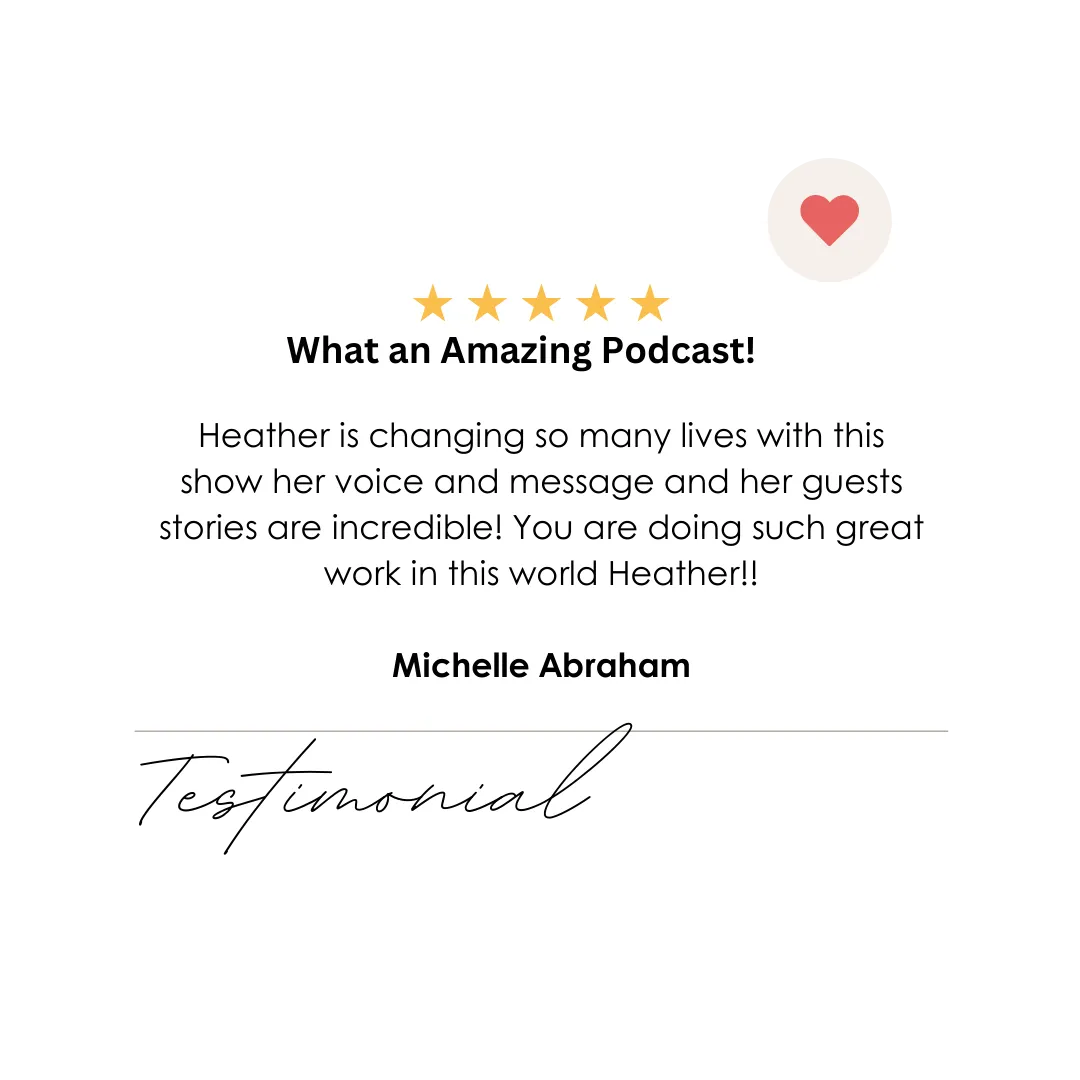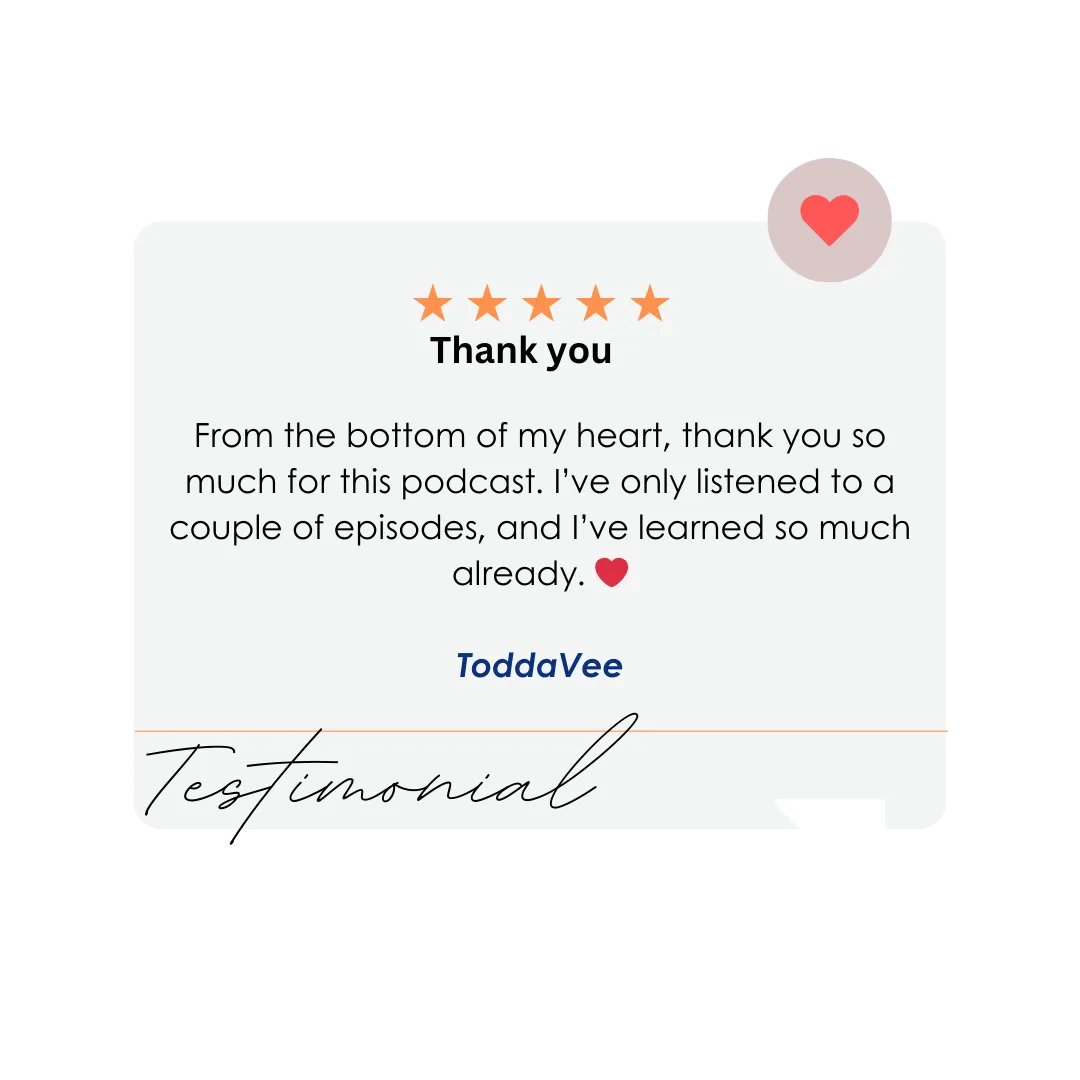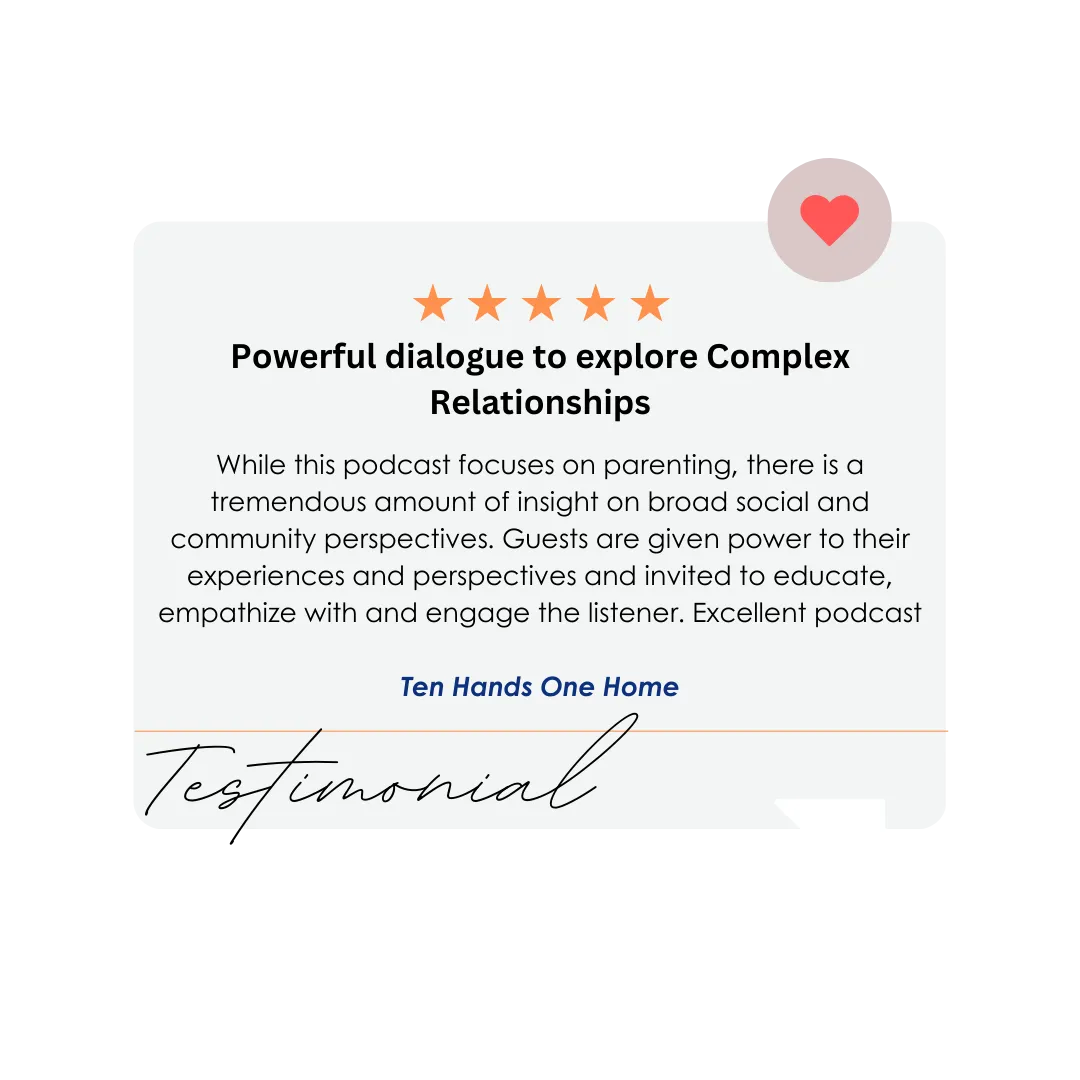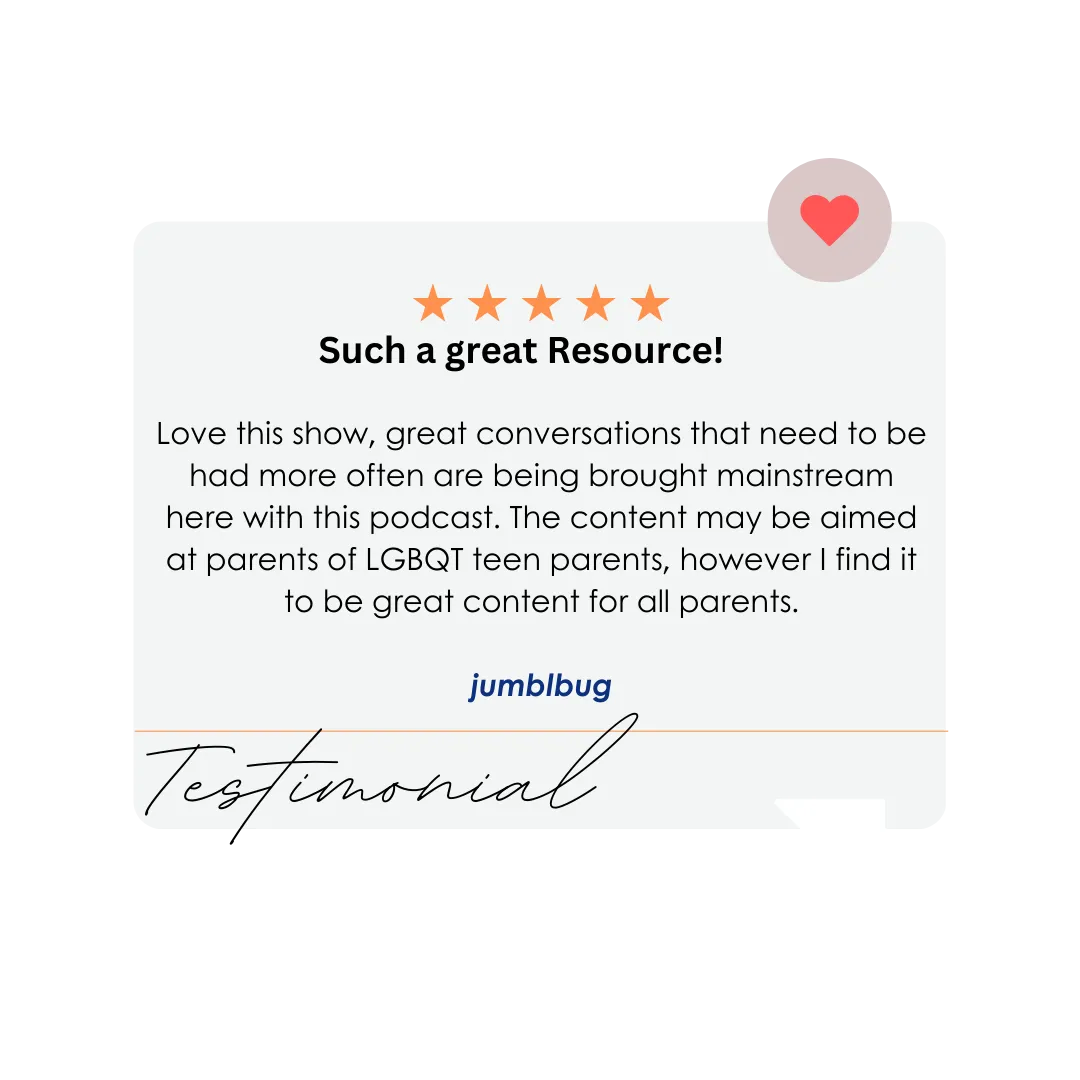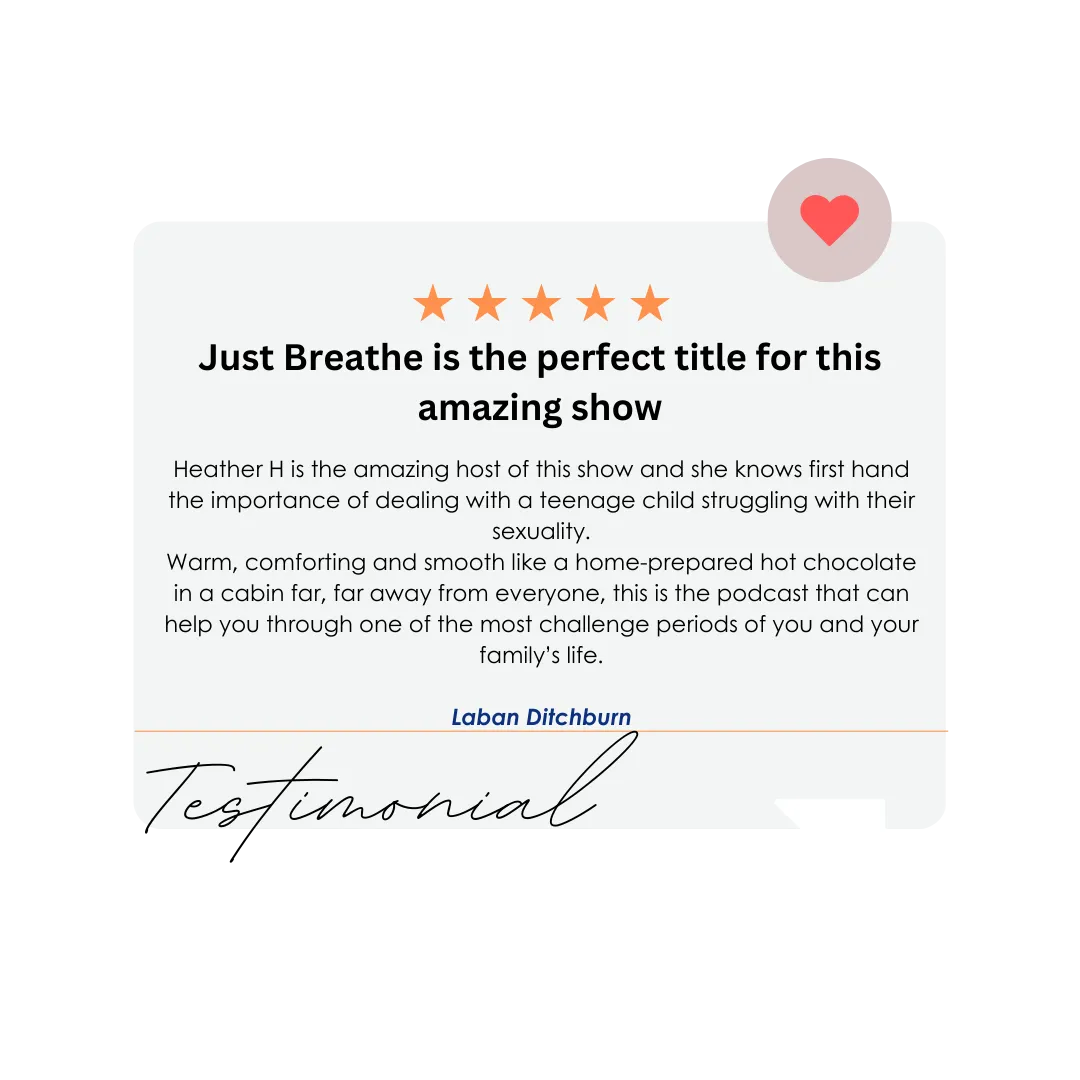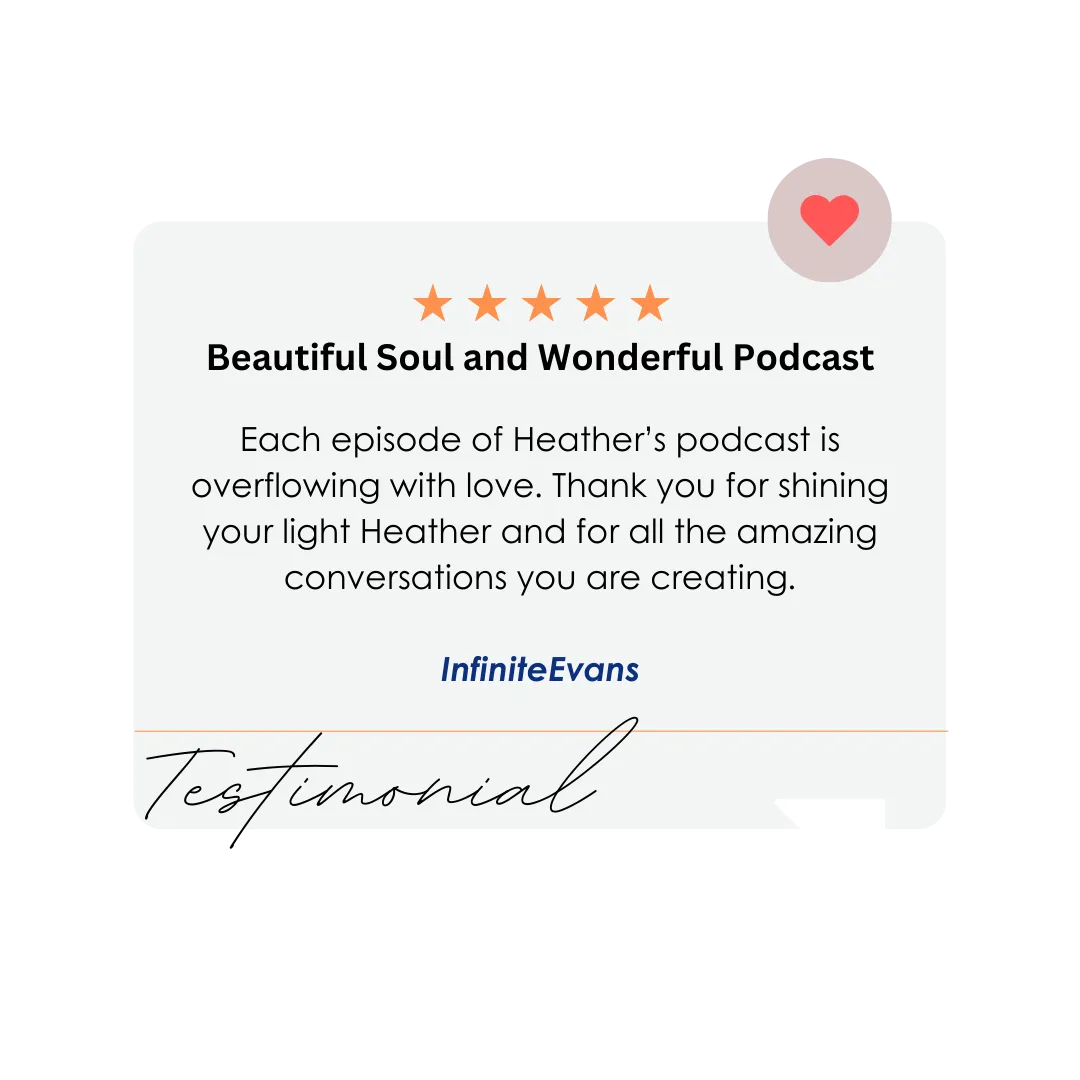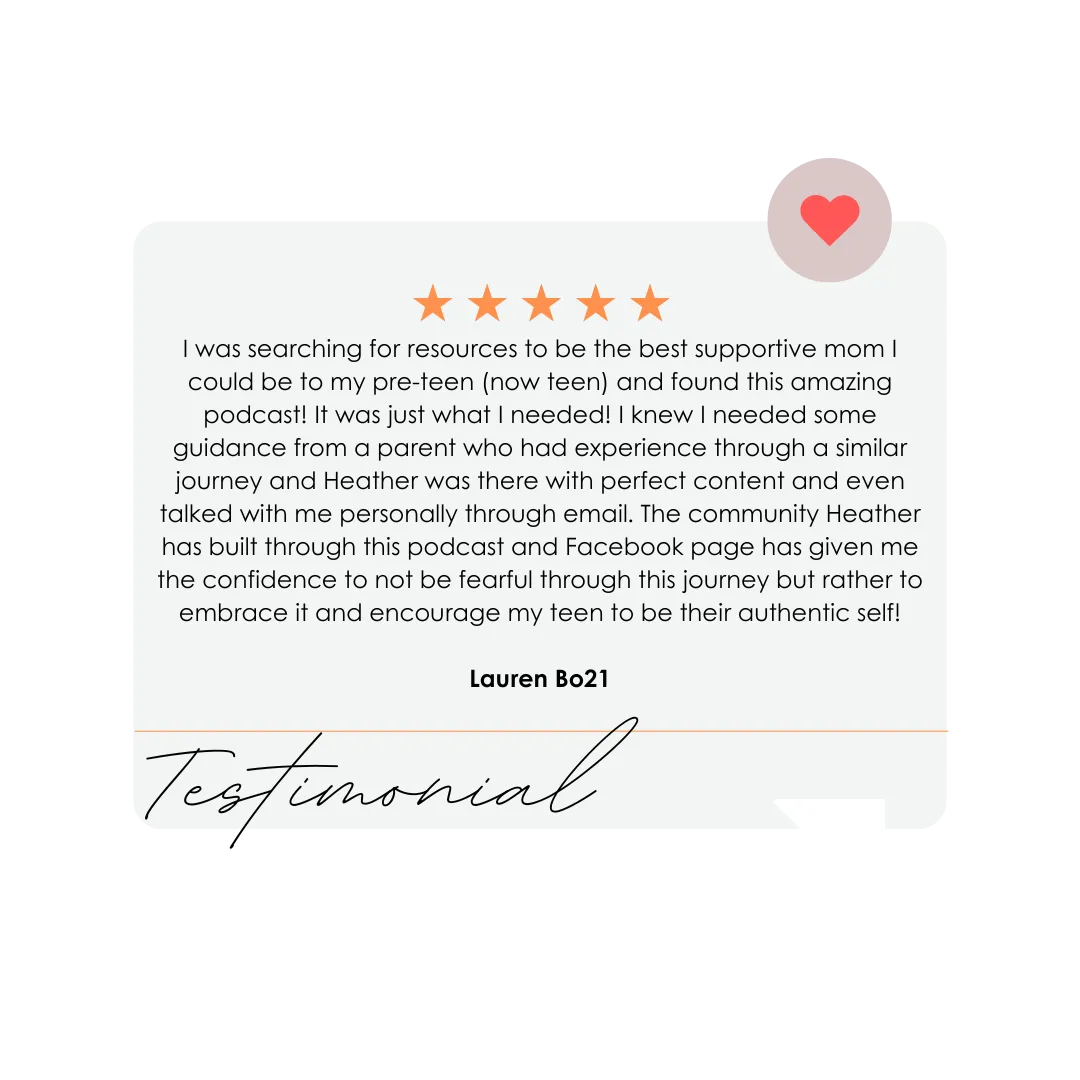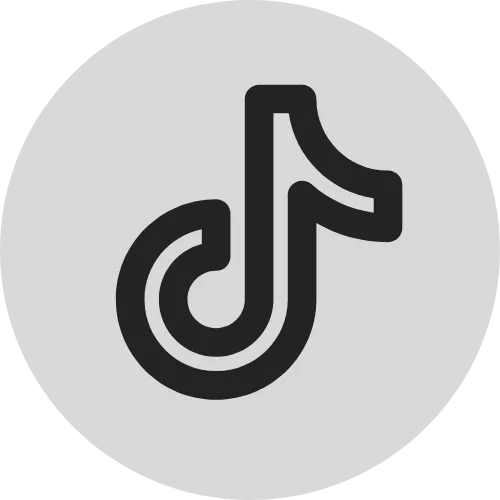BLOG
With topics ranging from mental health to all things LGBTQ+, the Chrysalis Mama blog is a space to learn, grow, and become empowered.

From Doubt to Trust: Techniques to Ensure Credibility in Online Research
“We all know that there is a ridiculous amount of misinformation out there on all topics, and if I had to wager a guess, LGBTQ topics would be near the top. So, how do we hone our discernment?” - Heather Hester

From Doubt to Trust: Techniques to Ensure Credibility in Online Research
Learning to be a savvy researcher was one of the great lessons I've learned on our journey. We had so many questions when Connor first came out, and as one got answered, two more would pop up. We all know that there is a ridiculous amount of misinformation out there on all topics, and if I had to wager a guess, LGBTQ topics would be near the top. So, how do we hone our discernment? Well, after all of these years, I've come up with a few strategies that help.
Visualize credibility as a compass and your north star as reliable and accurate information. Evaluating the authority of a website, considering domain trustworthiness, and scrutinizing the expertise of authors are pivotal steps in anchoring this trust. It’s essential to discern truthfulness by cross-referencing facts and employing credibility checkers, ultimately creating a fortress of verified knowledge.
Leveraging the wisdom of peer-reviewed journals and the insights from expert interviews can significantly enhance the solidity of online research findings. Be aware of biases and seek a balanced perspective from various sources. In the following sections, we'll explore the strategies that bolster your ability to determine the trustworthiness of online content, fortify your search strategies, and steer your research journey from doubt to trust.
Understanding the Source's Authority
Evaluating a source's authority isn't just about checking credentials; it's about ensuring the information stands on a solid foundation of expertise and trustworthiness. Here's how to delve deeper and confirm the authority of your sources:
Expertise Assessment:
Look for information about the author's expertise, such as academic degrees, professional affiliations, and life experience.
Verify the author's role as the original content creator; for original research, it should appear in peer-reviewed journals.
Publisher's Reputation:
Assess the publisher's credibility by considering their mission and whether they present content through a specific lens.
Look at what else they have published, and where it has been published.
Recognize the publisher's role in establishing the source's authority, especially when author details are scarce.
Domain and Design Scrutiny:
Check the website's domain (.edu, .gov, .org) to gauge the source's initial credibility.
Evaluate the professionalism of the website's design as an indicator of resource seriousness.
Comprehensive Credibility Checks:
Apply the CRAAP Test (Currency, Relevance, Authority, Accuracy, Purpose) to each source.
Use the SMART Check for newspaper sources, focusing on Source, Motive, Authority, Review, and Two-source test.
Engage in lateral reading, exploring fact-checking sites and more information about the author and site.
By considering these factors, you'll be better equipped to discern the credibility of online content, ensuring the information you are gathering is grounded in authority and reliability. Remember, authority is constructed and contextual; it evolves over time and must be considered from multiple angles. Keep these checkpoints handy as you continue your journey.
Assessing the Accuracy of Content
Embarking on a quest for truthfulness in the digital realm, it is crucial to assess the accuracy of content meticulously. Here are strategies that will help you be precise:
Verification Through Multiplicity:
Cross-reference information with multiple reliable sources to confirm its accuracy.
Utilize reputable fact-checking websites like PolitiFact and Snopes to validate claims.
Technical Checks for Trustworthiness:
Inspect for typographical errors which can indicate a lack of professionalism.
Test for broken links and assess the site's uptime to gauge reliability.
Conduct reverse image searches to trace the origin of online images, ensuring they are not misrepresented.
Content Maintenance and Standards:
Establish a clear set of standards for source credibility, including formats, styles, and citation requirements.
Regularly update content to maintain its relevance and accuracy over time.
Employ tools such as Grammarly for grammar checks and Copyscape for plagiarism detection.
In the pursuit of truth, it is also essential to use critical thinking. Avoid making assumptions and ensure that opinions are supported by solid evidence. These strategies will help you build confidence in the accuracy of your findings.
Analyzing the Objectivity and Bias
Navigating through the vastness of online information requires a critical eye for both objectivity and bias. Objectivity is the bedrock of credible research, representing facts unaffected by personal feelings or opinions. To discern the neutrality of content, one must:
Purpose and Goals:
Assess the content's purpose and the author's goals. Is the information meant to inform, persuade, or sell?
Consider the intended audience. Who is the information aimed at, and why?
Author's Background:
Examine the author's background and affiliations. Do they hold expertise in the field, or do they represent a group with a particular agenda?
Detail and Language:
Scrutinize the language used. Is it loaded with emotion or neutral?
Check the depth of information provided. A well-researched article will support its claims with facts and data.
When evaluating a source's purpose and objectivity, one should:Abstract and Affiliations:
Read the abstract, summary, or table of contents to understand the scope of the content.
Check for any institutional affiliations that could influence the perspective.
Domain Extension:
Note the domain extension. For instance, .edu domains often indicate educational institutions, which may present information more neutrally.
Lastly, to effectively evaluate bias:Rhetorical Fallacies and Credibility:
Identify any rhetorical fallacies and check if credible sources back the claims.
Be wary of content framing and selective fact-reporting.
Self-Reflection:
Acknowledge personal biases that could color the evaluation process.
Research using multiple sources to find consistency and counteract confirmation bias.
By applying these analytical lenses, you can sift through content with a balanced view, separating fact from opinion and gaining a clearer understanding of the information landscape.
Utilizing Advanced Search Strategies
Embarking on the path of online research, the savvy seeker uses advanced search strategies to navigate the terrain. Here are key techniques to refine your quest for knowledge:
Organize and Synthesize Information
Analysis: Compare and contrast varying perspectives and findings.
Critical Eye: Look for gaps, inconsistencies, or contradictions.
Synthesis: Integrate diverse information to form a comprehensive understanding.
Advanced Search Tools and Techniques
Search Engines: Harness the power of Google Scholar, JSTOR, and PubMed for scholarly resources.
Search Filters: Apply filters for date, type, and language to hone in on precise results.
Boolean Operators: Combine keywords with AND, OR, NOT to expand or narrow your search.
Quotation Marks and Wildcards: Use quotation marks for exact phrases and the asterisk (*) for truncation.
Tracking and Analytics
Performance Tools: Utilize Google Analytics, Hotjar, or SurveyMonkey to gauge content impact.
Keyword Relevance: Stick to specific keywords related to your topic.
Social Media: Employ hashtags and keywords on platforms like Twitter for the latest insights.
Citation Management: Keep track of sources with tools like Zotero and Mendeley.
By weaving these strategies into your research fabric, you'll craft a tapestry of credible and relevant information, free from the tangles of misinformation.
Awareness and practice of these methods help you not only refine your critical thinking skills and discernment but, more broadly, grow as a human being!
FAQs
Q: What steps can I take to verify the credibility of online sources?
A: To assess the credibility of online sources, consider these key points:
Authority: Identify the author and their qualifications.
Accuracy: Evaluate the purpose of the content.
Publisher: Determine where the content originates from.
Purpose and Objectivity: Understand why the source exists and its intentions.
Comparison: Compare the source with other available sources to gauge its reliability.
Q: What are the critical factors to consider before trusting online information?
A: Before trusting information found online, you should consider three main factors:
Authority: Look into the author's credentials and expertise.
Accuracy: Cross-check the information with known reliable sources.
Coverage: Ensure the information is pertinent to your subject and fulfills your requirements.
Currency: Consider whether the topic is subject to frequent changes and updates.
Q: How can I locate trustworthy information during online research?
A: Trustworthy information can often be found on educational (.edu) and government (.gov) websites. However, be cautious of sites that misuse these suffixes to appear credible. Nonprofit websites can also be sources of reliable information, but it's important to investigate the organization's mission and potential biases.
Q: What criteria should I use to make sure my research is credible?
A: To ensure your research is credible, scrutinize each source based on the following criteria:Purpose: Determine the reason behind the creation of the source (e.g., to inform, educate, entertain, persuade).
Relevance: Ascertain the significance of the information in relation to your needs.
Objectivity: Check if the information is presented without significant bias.
Verifiability: Confirm the reliability and trustworthiness of the information.
WHAT PEOPLE ARE SAYING ABOUT HEATHER
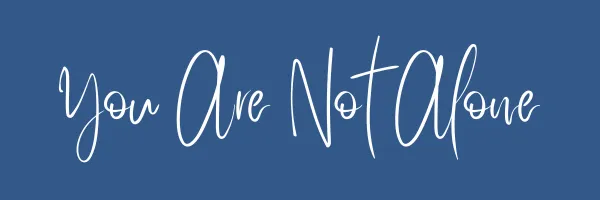
ABOUT
CONTACT
Looking for tips, tools, and strategies along with a little peace of mind? I invite you into the Chrysalis world!
I am grateful for all who have asked how they can help further this mission!
© 2024 Chrysalis Mama • All Rights Reserved
